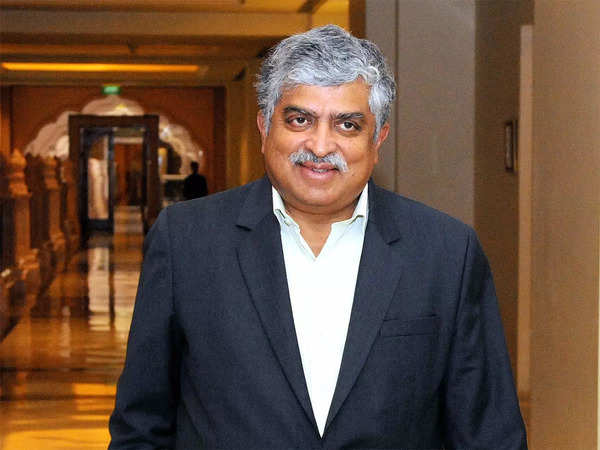A global coalition of multilateral organisations including the World Bank and the IMF, led by the Indian government and external affairs minister S Jaishankar, will take India’s digital public infrastructure (DPI) model to 50 countries in the next five years, Nandan Nilekani, chairman of Infosys and the founder chairman of the Aadhaar project, said in the national capital on Sunday.
“There is now a major move afoot to take this model to 50 countries in five years,” Nilekani said, speaking at the B20 Summit in the national capital. “So over the next few years, you will see the proliferation of how this new way of thinking about digital infrastructure at population scale, using an open architecture, is going to be more and more ubiquitous and prevalent around the world,” Nilekani said.
Elevate Your Tech Process with High-Value Skill Courses
The DPIs will also play a critical role in climate adaptation and mitigation to facilitate the increasing need for cash transfers to fortify vulnerable areas and people, and emergency funding after extreme climate events like floods.
“For example, one of the things that will happen in climate adaptation is you want to give anticipatory financing for building more resilient homes, in the situation of higher sea levels,” Nilekani said, “and you can do that using DPI.”
Similarly, the Open Network for Digital Commerce (ONDC) platform can be used to build “reverse logistics” and enable a circular economy for recycling and reducing wastage. Further, with greater electric vehicle adoption, the technology used in the DPIs can be deployed to create an interoperable network for accessing charging stations and batteries.
“So fundamentally, not only has DPI helped us so far, it’s also going to help us in the future,” he added.
Therefore, DPIs are not just “nice to have” but strategic, Nilekani said, as seen in India’s response during the pandemic when they facilitated, at short notice, massive cash transfers and the population-scale vaccination process.
DPIs are also a “data empowerment architecture”, he said, as the data generated from these platforms is a form of “digital capital”. He added, “Individuals can use the digital capital to get ahead in life. You can use the data to get a better loan, to get better jobs, to get better skills.”
Moreover, while most countries in the global South face the challenge of formalisation, India has solved for it by onboarding people through DPIs. The transformation was accelerated by the combination of India’s talent density, startup density, and digital public infrastructure, Nilekani said.
“In India, we have found the balance between regulation and innovation because of a participatory model of coordinated governance,” he added, where government regulators and technology companies worked together.
https://m.economictimes.com/tech/technology/indias-digital-public-infrastructure-to-reach-50-countries-in-next-5-years-nandan-nilekani/amp_articleshow/103100738.cms





